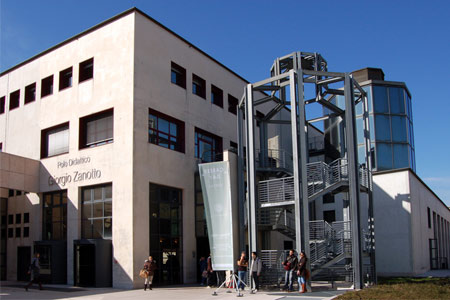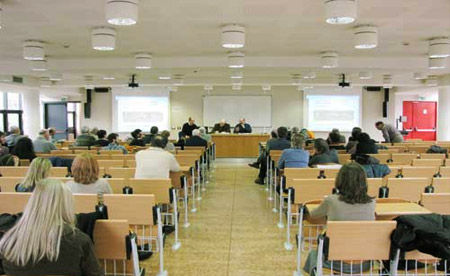Research regarding high-altitude settlements in the Alpine area is not yet very developed since mountains have always, quite
mistakenly, been considered marginal areas. In reality, the Alps were crossed by roads that allowed the connection between the
Mediterranean world and Central and Northern Europe, as well as supplying many raw materials. The correct approach for a critical
and proactive review of the stereotype of "closed mountain areas" lies not only in the diachronic study of the indisputable
relationship between man and his activities with the natural environment, but also in a highly multidisciplinary approach that allows
to find a common syntax between humanities and natural sciences. The historical-archaeological study of settlement dynamics in
the Alpine area and the results of biological and chemical investigations are to be considered "different sources" that can be
integrated constructively to answer historiographical questions through a comparison between objectives and operational practices.
A rigorous historical-archaeological, biomolecular and chemical-environmental approach can be integrated to broaden the horizons
of knowledge relating to the transformations of the historical landscape and how man has adapted to the Alpine environment. The
human activities with the greatest impact on the environmental record include those linked to the exploitation of forest resources, farming dynamics, the control of roads, the exploitation of the subsoil and production processes.
These activities are important "eco-facts" that impacted the landscape, whose traces are not always easily detectable with a
traditional approach, but could be identified through microbial ecology investigations, characterizing the microbiological memory of
the soil that has been seen to last even for millennia in other contexts (Margesin et al. 2017; Demkina et al. 2007). From a chemical
point of view, the identification and extent of environmental pollution is important. The diffusion in surface waters of polluting
products from production processes or simply due to the anthropic impact on the environment, involves physical and chemical
alterations of the ecosystem, such as a decrease in pH or the presence of heavy metals in water, soil and vegetation.
The study of Alpine landscapes must take into consideration the close connection between geomorphology, geology, depositological
and environmental resources that have strongly influenced settlement and social dynamics. The research will focus on the Graian
Alps, where “Progetto Orgères” in already active (Di Gangi, Lebole, Sartorio 2021), and on the Venetian Alps, where a series of field
works were carried out (Sauro et al. 2013; De Guio, Migliavacca 2012, Migliavacca et al. 2021); these projects highlighted how, in the
mountain areas, archaeological research entails a series of very complex variants that require a multidisciplinary approach.







